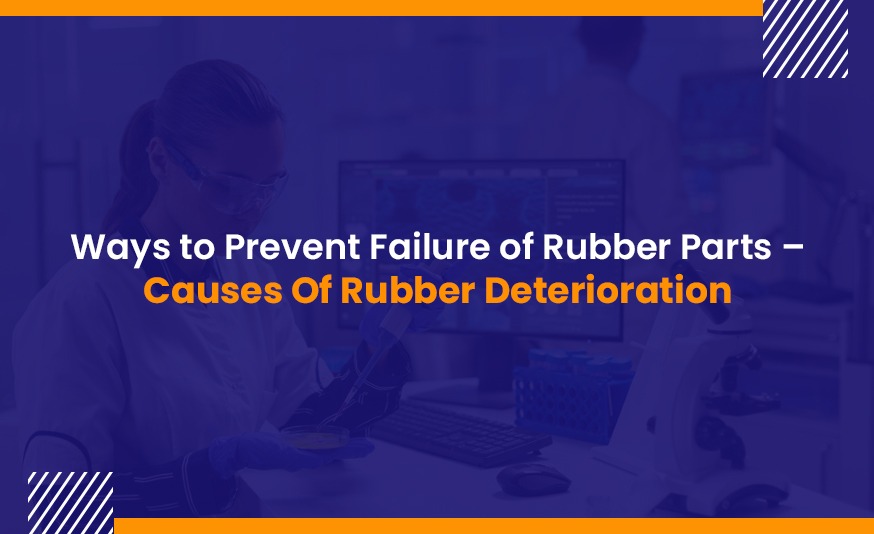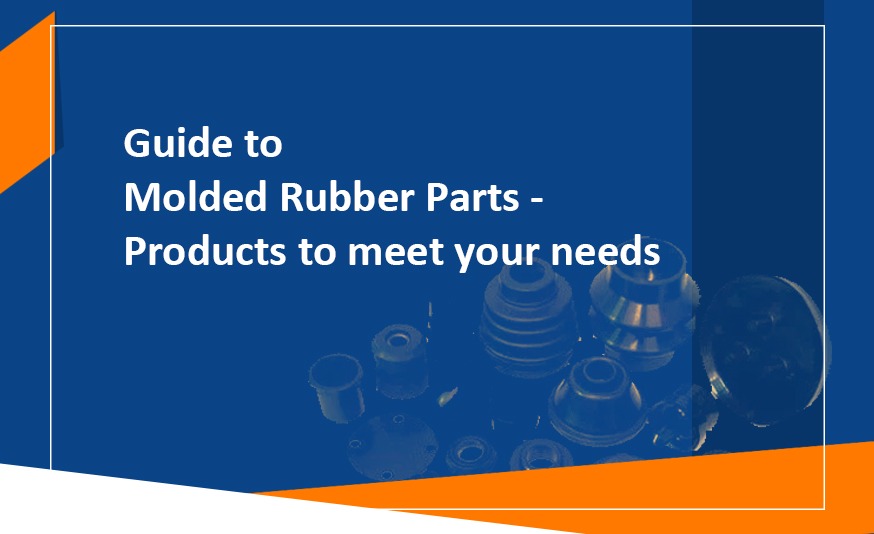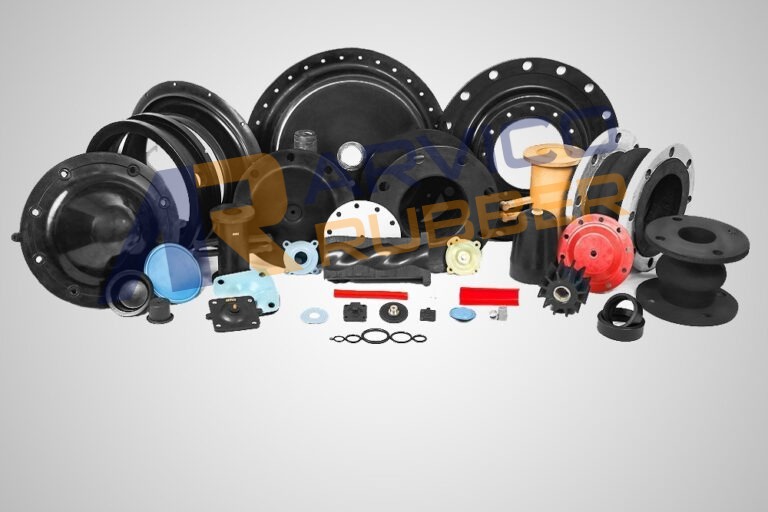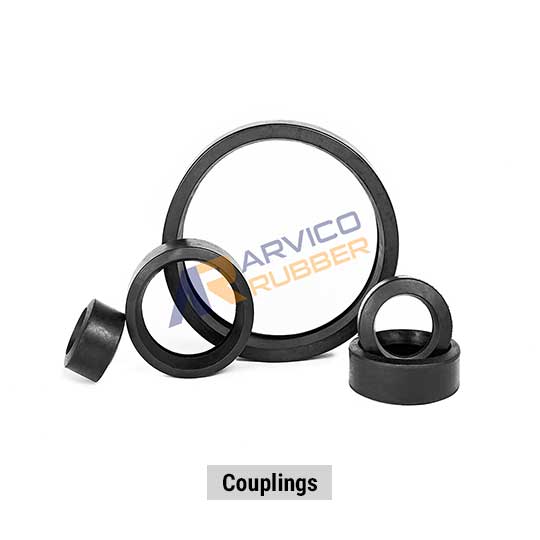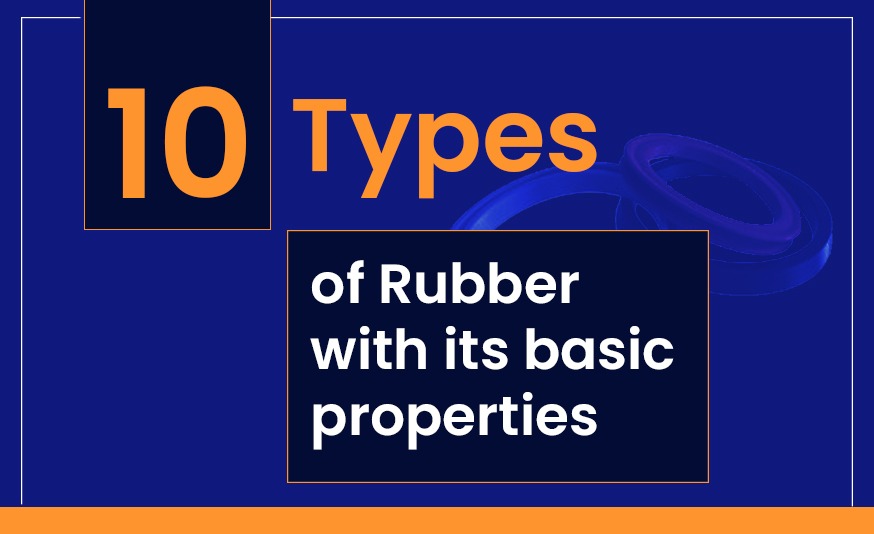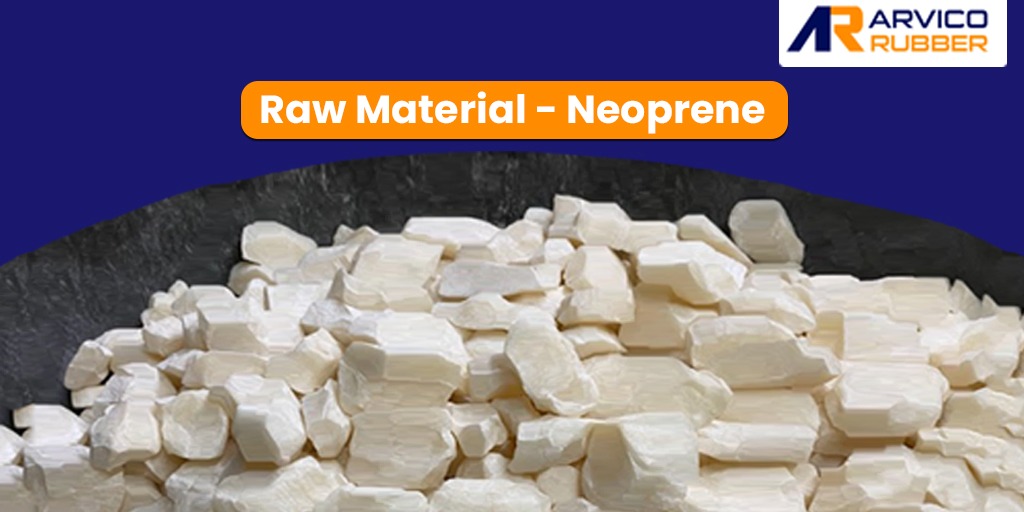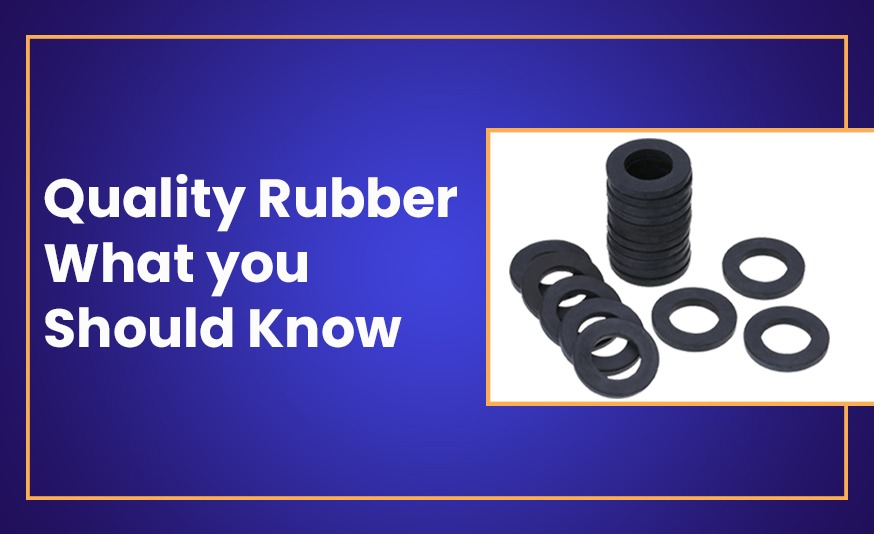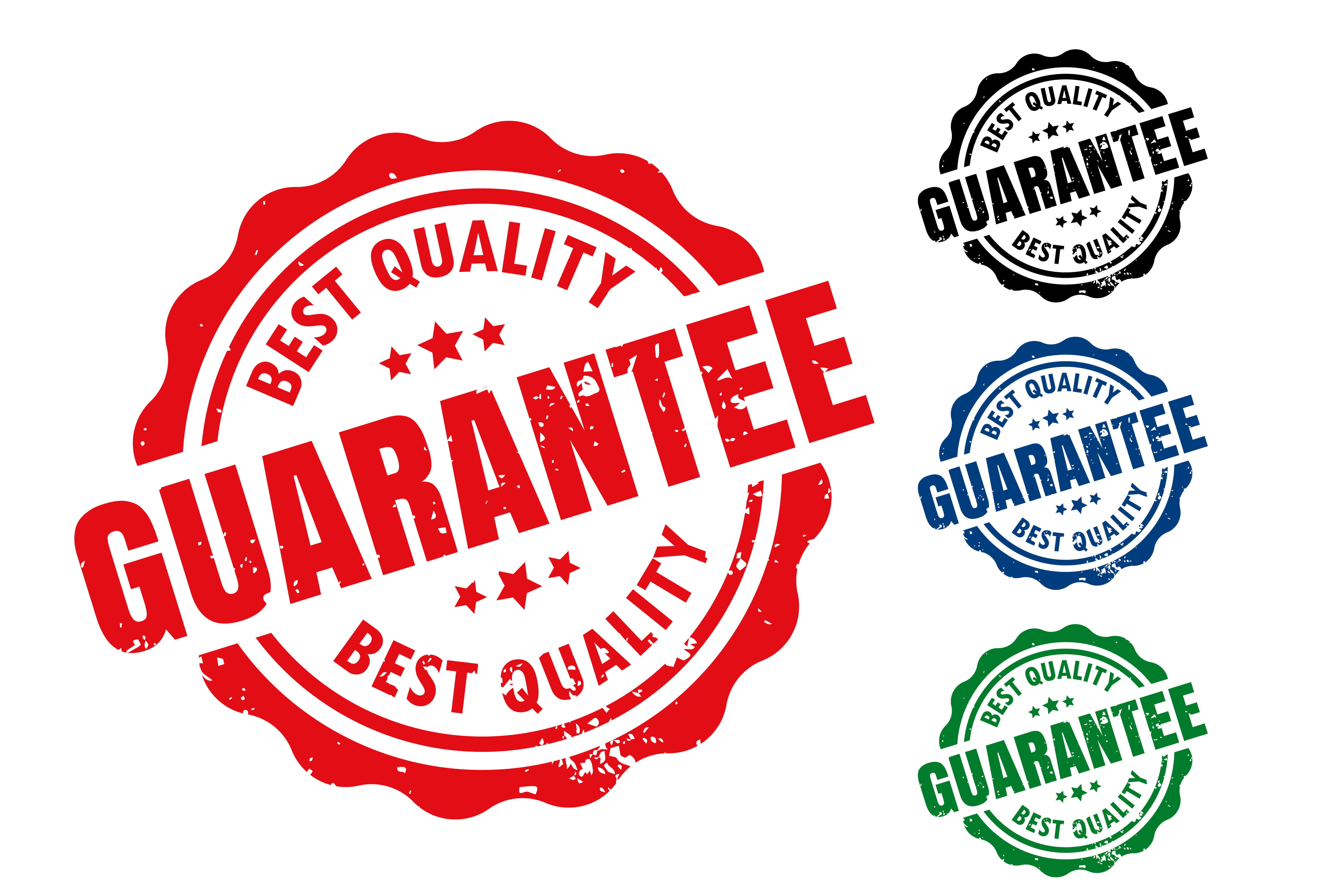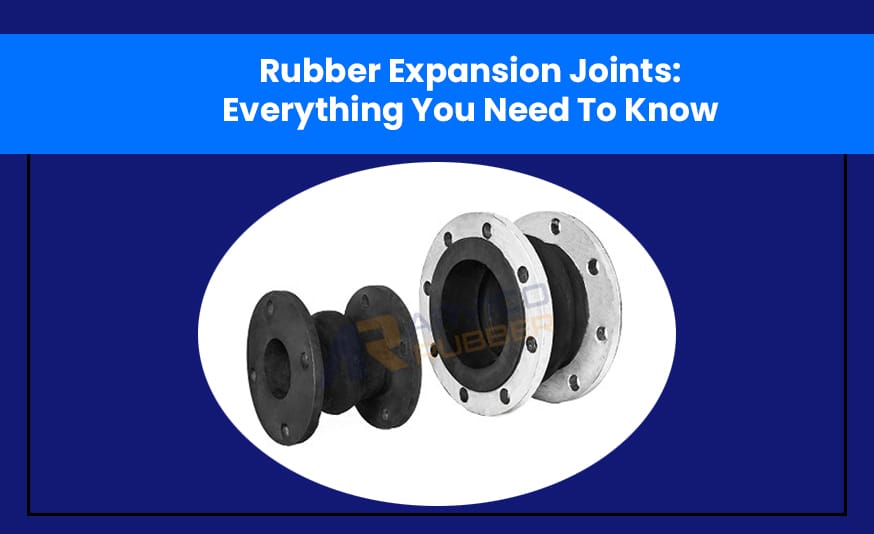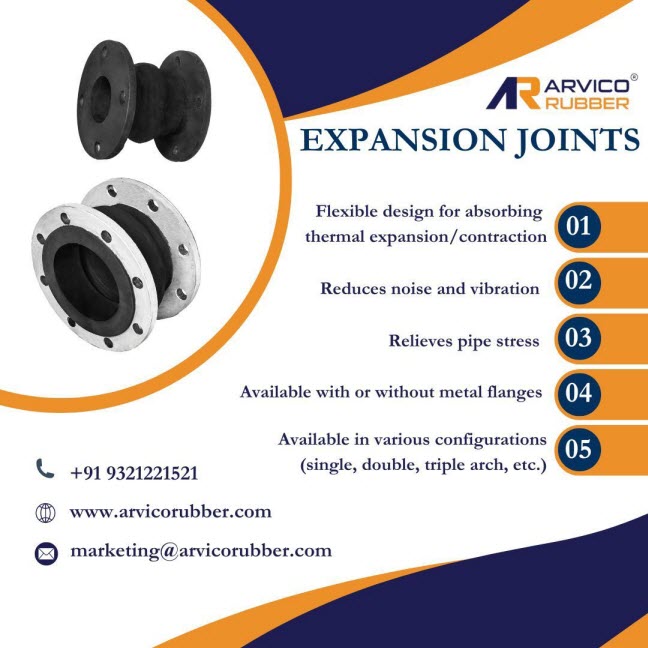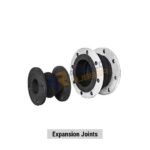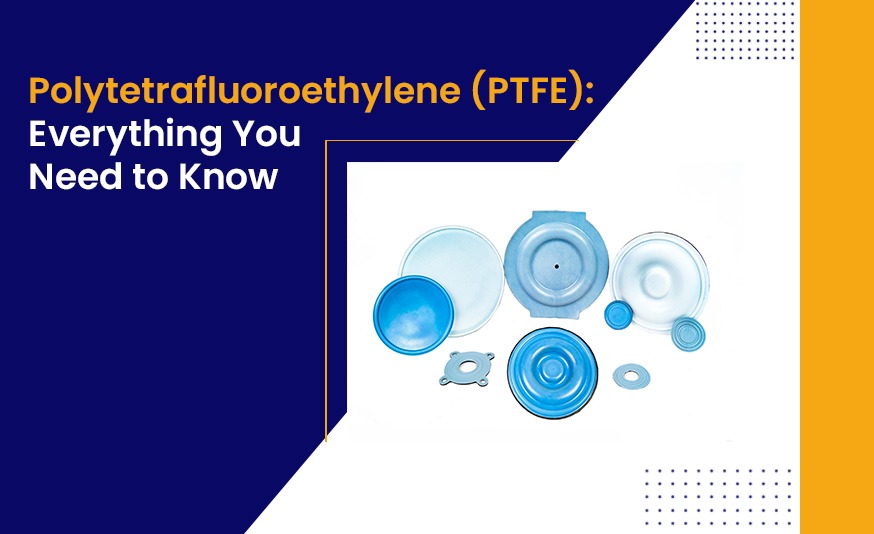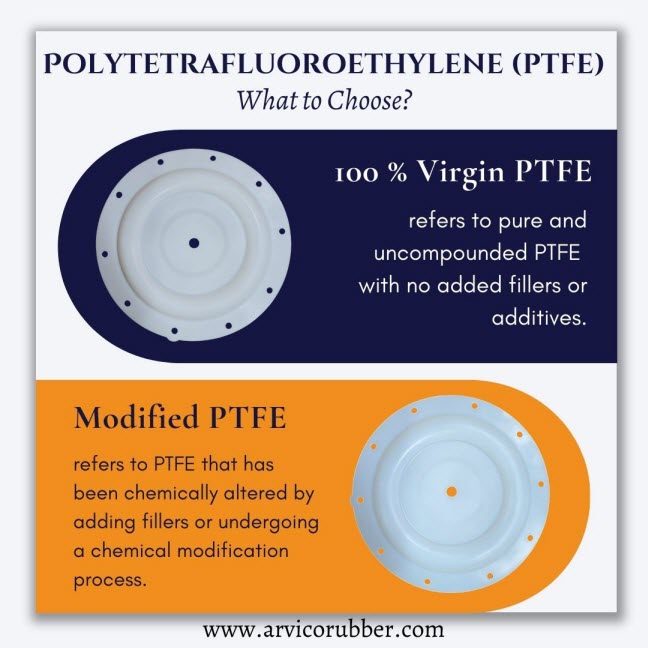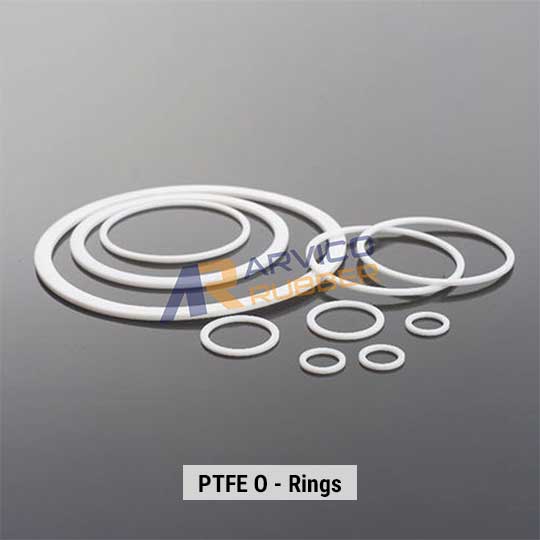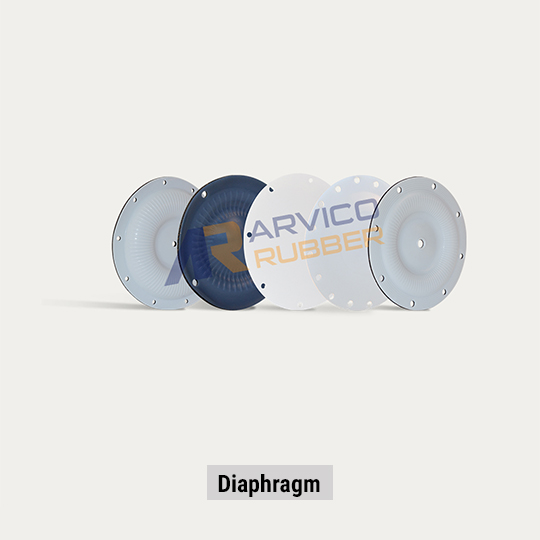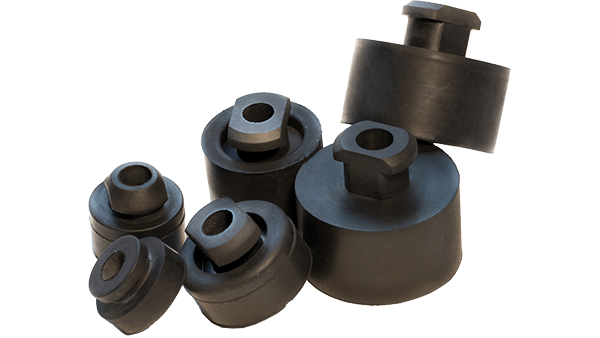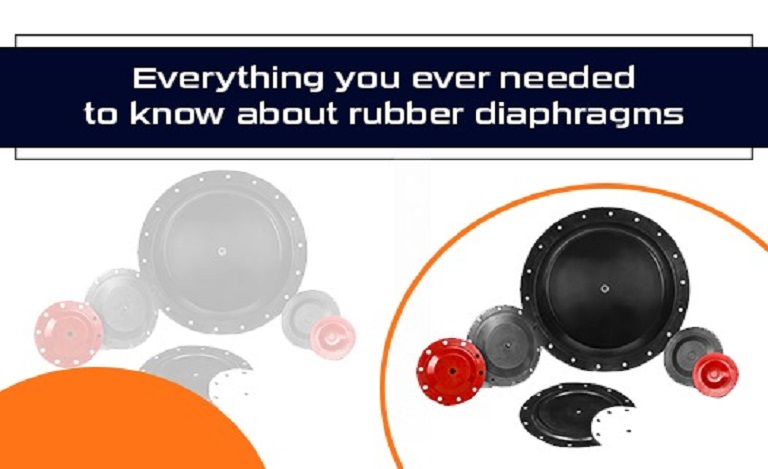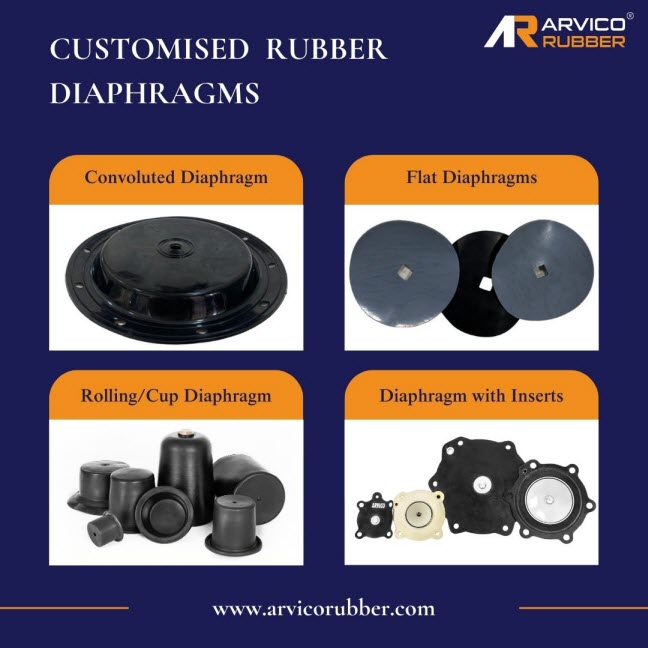Ways to Prevent Failure of Rubber Parts – Causes Of Rubber Deterioration
Introduction
It is very common to expect elastomers to deteriorate over time. Both natural and manufactured rubbers deteriorate and go through aging and other kinds of changes over time, which affects their performance. However, the extent of impact and the time it takes for the deterioration to set place depends on the initial quality of the elastomer and the efficiency with which it was produced in the first place.
This blog will take you through what rubber deterioration is and what to expect when rubber deteriorates.
What is rubber deterioration?
Deterioration is the process of gradual decline or worsening of a state. Hundreds of different kinds of small and huge rubber components are used in different industries. All these components come with a certain promised quality that facilitates seamless functioning.
With use, just like any other product, these rubber components are affected by various external and internal factors. This is called rubber deterioration. There is no way you can avoid deterioration. However, you can improve the life of your rubber components by choosing the right component manufacturer and by maintaining the components as per the manufacturer’s recommendations.
We also have a separate blog that talks about rubber quality and why it is important. Do check that, too, after you are done reading this article.
How does rubber deteriorate?
Rubber deteriorates due to physical, chemical, or biological causes. Some of the common reasons for deterioration are:
- Radiation
- High temperature
- High humidity
- Oxidation
- Pollutant gases
- Physical stress
Different kinds of radiation may cause different kinds of damage to elastomers. UV radiation, especially, is harmful. The more the exposure to UV radiation, the worse is the damage. Ozone affects different types of rubber in different ways.
For instance, nitrile rubber, butyl rubber, and natural rubber have poor resistance to ozone, while neoprene rubber and silicon rubber have outstanding resistance to ozone. So, when you choose nitrile rubber, you have to expect that this rubber deteriorates quicker when exposed to sunlight.
Some plastics, like nylon or polyester, absorb moisture more than others. As a result, they may swell up when exposed to damp places.
Rubber deteriorates when exposed to oxygen. Oxidation causes some damage to most kinds of rubber. Here is a list of rubbers that are affected by oxidation.

| Types of Rubber | Resistance to Oxidation |
| Natural Rubber | Good |
| Nitrile Rubber | Fair-Good |
| Neoprene Rubber | Excellent |
| Hypalon Rubber | Excellent |
| Butyl Rubber | Fair |
| EPDM Rubber | Excellent |
| Silicone Rubber | Excellent |
| Viton Rubber | Outstanding |
| Poly urethane Rubber | Excellent |
Did you know that some kinds of bacteria also degrade rubber? This is also an unavoidable factor that may cause rubber deterioration with time.
How to identify and prevent rubber deterioration?
There are different ways you can identify the quality of rubber in advance so you can predict its rate of deterioration and plan in advance. There are four different techniques to know if rubber deteriorates and plan to prevent it.
DMA Analysis
Dynamic Mechanical Analysis (DMA) is a technique that is used to analyze the characteristics of materials. Before you choose a type of material to create rubber components, it is advised to get a DMA analysis done. This will know the material’s response to stress and strain and help understand how well it would fare under different conditions.
ASTM D573-99 Standard Test Method
ASTM D573-99 is another method that will help you understand many of the physical properties of the rubber that you choose to create components with. This standard test method evaluates the properties of a sample of rubber under laboratory conditions. If you are creating large volumes of components using a specific type of rubber, it is safer to do this test first and understand the properties of the material before creating mass volumes. This way, if rubber deteriorates, you can avoid that particular material and choose another before initiating the production process.
Ozone Testing
Ozone testing is recommended for rubber that may be constantly exposed outdoors. Controlled laboratory testing of materials is possible to identify the possible effects of ozone radiation on the material of rubber chosen.
Compound Designing
Many times, the actual material that you choose is not 100% elastomer. It is a mix of different materials and components, decided based on what physical properties you want in the final component. Since you mix different polymers, stabilizers, oils, and other fillers into rubber, this may also impact the way rubber deteriorates in the end product. Compound designing is a way of mixing the right components together so that they don’t negatively affect the component’s stability and durability.

How to stop rubber deterioration
Deterioration is an unfortunate but unavoidable part of the life of any rubber component. The simple answer to whether you can fully stop rubber deterioration is no. However, there are a few strategies you can implement to postpone the rate at which rubber deteriorates and improve its lifespan.
Choose the right rubber manufacturer
This is very important to improve the life of the rubber components you use. Make sure the manufacturer understands the importance of stability and durability and creates products using the right material. Arvico Rubber is your perfect component and manufacturing partner. All our products and raw materials undergo intensive testing to ensure they match our customers’ expectations.
Understand the qualities of the rubber you choose
Arvico Rubber offers components in about nine different rubber variants. Each of these variants has different properties. That’s why it is important to understand the variations in these and pick the right variety of rubber for your needs. For instance, nitrile rubber has poor resistance against sunlight aging. If you use nitrile rubber components in machines that are run outdoors, the rubber will deteriorate quickly and lead to the malfunctioning of the machine. Instead, pick up components made of EPDM or Viton rubber, both of which have outstanding resistance to sunlight aging.
Study the work surroundings
Sometimes, the rubber components may be exposed to harmful gases or pollutants, leading to quick deterioration. By preventing exposure to these gases or pollutants, you can increase the lifespan of the component. So study the surroundings and handle factors that may contribute to rubber deterioration.
In some cases, rubber deteriorates because the machinery with rubber components is cleaned using harsh solvents and chemicals that the rubber material cannot handle. Training the employees on the right maintenance will help prevent this from happening.
Conclusion
Rubber deteriorates due to different reasons. While all these factors cannot be eliminated, their effect can certainly be minimized with careful analysis and understanding of the type of rubber material used. Talk to your rubber manufacturer if you are confused about the type of rubber components you have. If you are ordering rubber components for your plant, understand the properties in advance so that you choose the right material.
Arvico Rubber comes with more than 50 years of experience creating high-quality rubber components for global industries. We have an in-house casting and designing team to create custom molds for individual requirements. We have created more than 50,000 individual products for clients across the world. Arvico Rubber specializes in creating diaphragms, Rubber O-Rings, Gaskets, Sleeves, Seals, Stators, PTFE components, and more such rubber components.
Ways to Prevent Failure of Rubber Parts – Causes Of Rubber Deterioration Read More »

